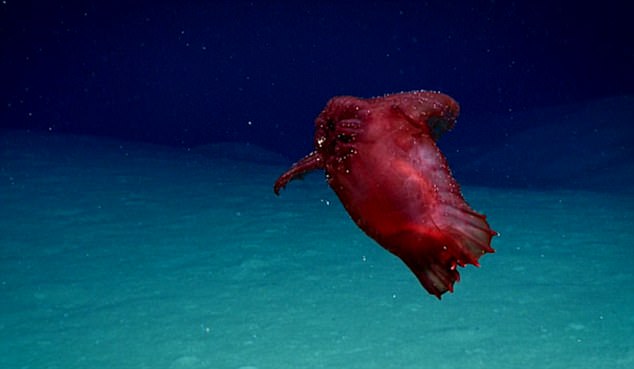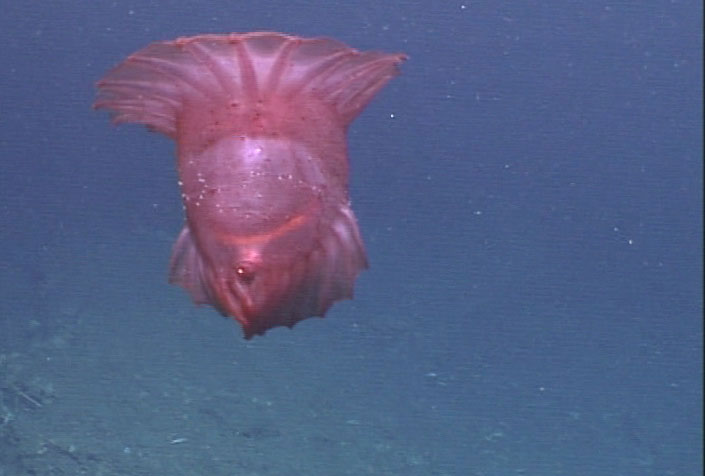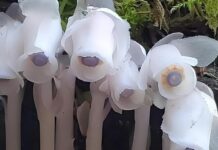Something titled a “deep-sea cucumber,” also known as a “headless chicken” was just spotted, captured on film in the Southern Ocean for the first time, thanks to a certain kind of camera technology pioneered by Australian researchers.
Off of East Antarctica, the creature was caught on film, constituting the first time the species has been spotted in the sea. “Some of the footage we are getting back from the cameras is breathtaking, including species we have never seen in this part of the world,” said Dr Dirk Welsford, the Australian Antarctic Division program leader.
“The housing that protects the camera and electronics is designed to attach to toothfish longlines in the Southern Ocean, so it needs to be extremely durable,” Welsford said. “We needed something that could be thrown from the side of a boat and would continue operating reliably under extreme pressure in the pitch black for long periods of time.”

The photos and data collected from these interesting cameras are being presented on Monday, at the annual Commission for the Conservation of Antarctic Marine Living Resources.
They are reportedly trying to secure a new east Antarctic marine protected area, and the Australian commissioner for the meeting is pushing for it.
“The Southern Ocean is home to an incredible abundance and variety of marine life, including commercially sought-after species, the harvesting of which must be carefully managed for future generations,” commissioner Gillian Slocum said.
 (Image credit: en.wikipedia)
(Image credit: en.wikipedia)
Sea cucumbers are another one of nature’s mysteries, although one would wonder why anybody might decide to call them a headless chicken monster. According to Wikipedia:
“Sea cucumbers are echinoderms from the class Holothuroidea. They are marine animals with a leathery skin and an elongated body containing a single, branched gonad. Sea cucumbers are found on the sea floor worldwide. The number of holothurian (/ˌhɒləˈθjʊəriən, ˌhoʊ-/[2][3]) species worldwide is about 1,717 with the greatest number being in the Asia Pacific region. Many of these are gathered for human consumption and some species are cultivated in aquaculture systems. The harvested product is variously referred to as trepang, namako, bêche-de-mer or balate. Sea cucumbers serve a useful role in the marine ecosystem as they help recycle nutrients, breaking down detritus and other organic matter after which bacteria can continue the degradation process.”
Most sea cucumbers feature soft, cylindrical bodies, that are more or less long, and rounded off, occasionally fat at the extremities of the creature, also without any solid appendages.
(Image credit: realmonstrosities)
Their shape can vary, ranging from very round and less cylindrical (sometimes they call these “Sea Apples”), or they can be sausage shaped, or even kind of serpent-like and more elongated.
The mouth of this creature is surrounded by tentacles, and they can be pulled back inside the animal.
The largest American species of this animal is the Holothuria floridana, which can be found just below the low water mark on the Florida reefs.
Even just within this category of creature, there are so many various shapes and sizes that sea cucumbers come in. Life is amazing, that’s the only conclusion that can be drawn.






